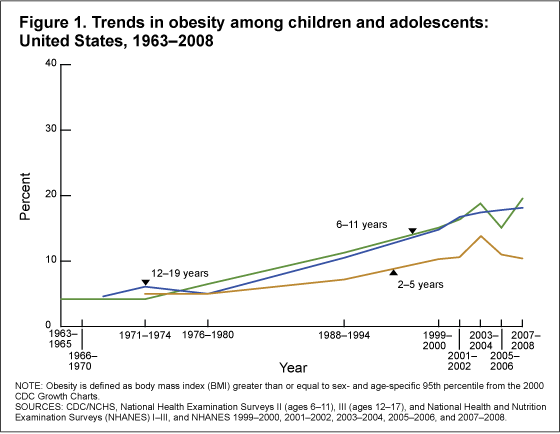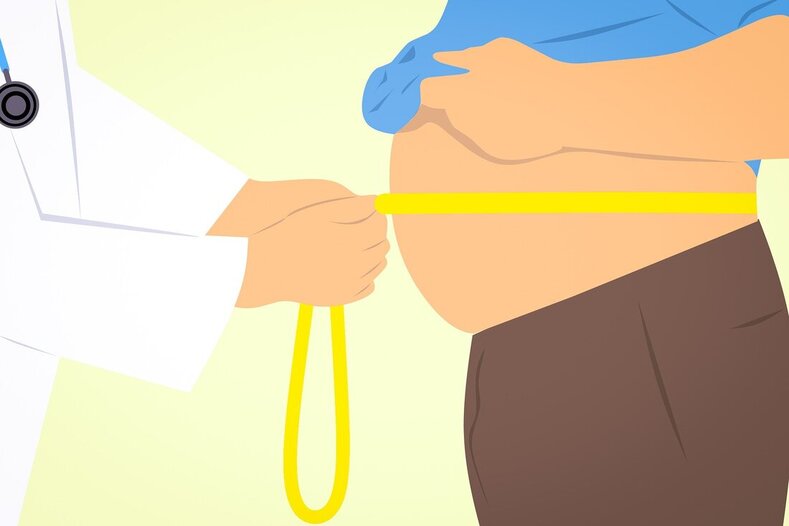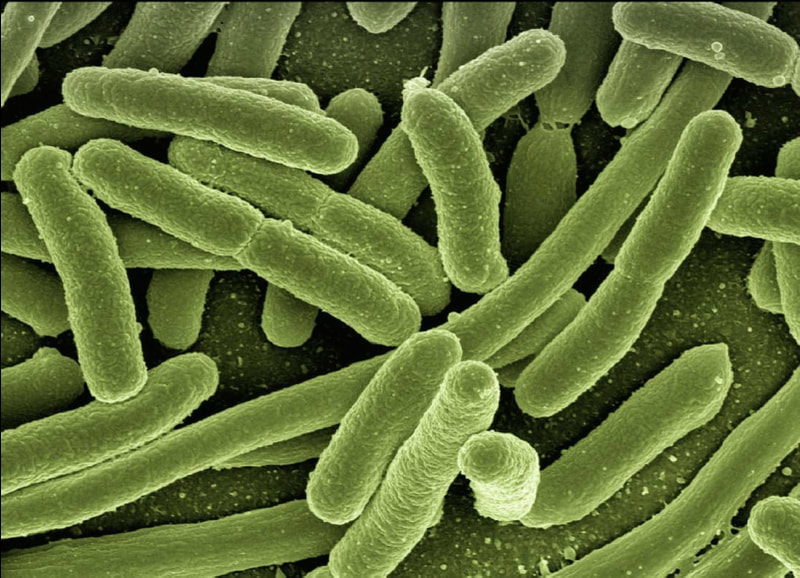Obese Children Can Be Metabolically Healthy
Obesity is a global public health crisis, especially for the younger generation. According to the Centers for Disease Control and Prevention (CDC), in the United States, 18.5% of adolescents aged 2-19 are obese.
Obesity is known for having many endocrine, metabolic, and cardiovascular comorbidities and even premature death. For example, those that are obese typically have insulin resistance, abnormal blood pressure and glucose regulation, increased lipids and liver enzymes, and an abnormal hormonal, inflammation, and immune profile — this is called being metabolically unhealthy obesity (MUO). However, there is a new type of obesity that has been discovered for children: metabolically healthy obesity, or MHO. An adolescent with MHO does not have the additional health issues that obesity normally causes.
Metabolically healthy obesity is determined by the nonexistence of metabolic syndrome, maintained insulin sensitivity, and the absence of other MUO associated comorbidities, but the criteria for being MHO and even obese differ from time to time. Obesity can be determined by the CDC’s growth charts or by the World Health Organization’s (WHO) criteria. As stated by the CDC, having a body mass index (BMI) in the 85th to 97th percentile is considered obese. The WHO differs from the CDC’s definition of obese and focuses on one’s waist circumfrence or waist-height ratio. Many studies have attempted to create a single definition for MHO since there are many factors that play into it: BMI, height, gender, and a plethora of cardiometabolic risk factors such as cholesterol, high density lipoproteins, low density lipoproteins, fasting plasma glucose, hemoglobin A1c (HbA1c), and even fasting plasma insulin. Recently, an official definition for MHO has been created. Someone that is MHO will be determined as obese based on their BMI using WHO growth charts and the following metabolic criteria: HDL and triglyceride levels must be in a desirable range, blood pressure less than the 90th percentile for the child’s age, and normal fasting glucose levels. Even though these are the official diagnostic criteria, insulin resistance and hepatic steatosis, immune, and inflammation markers are still serious metabolic conditions that should be considered when determining if somebody is MHO as they are not frequently tested and considered.
Obesity is known for having many endocrine, metabolic, and cardiovascular comorbidities and even premature death. For example, those that are obese typically have insulin resistance, abnormal blood pressure and glucose regulation, increased lipids and liver enzymes, and an abnormal hormonal, inflammation, and immune profile — this is called being metabolically unhealthy obesity (MUO). However, there is a new type of obesity that has been discovered for children: metabolically healthy obesity, or MHO. An adolescent with MHO does not have the additional health issues that obesity normally causes.
Metabolically healthy obesity is determined by the nonexistence of metabolic syndrome, maintained insulin sensitivity, and the absence of other MUO associated comorbidities, but the criteria for being MHO and even obese differ from time to time. Obesity can be determined by the CDC’s growth charts or by the World Health Organization’s (WHO) criteria. As stated by the CDC, having a body mass index (BMI) in the 85th to 97th percentile is considered obese. The WHO differs from the CDC’s definition of obese and focuses on one’s waist circumfrence or waist-height ratio. Many studies have attempted to create a single definition for MHO since there are many factors that play into it: BMI, height, gender, and a plethora of cardiometabolic risk factors such as cholesterol, high density lipoproteins, low density lipoproteins, fasting plasma glucose, hemoglobin A1c (HbA1c), and even fasting plasma insulin. Recently, an official definition for MHO has been created. Someone that is MHO will be determined as obese based on their BMI using WHO growth charts and the following metabolic criteria: HDL and triglyceride levels must be in a desirable range, blood pressure less than the 90th percentile for the child’s age, and normal fasting glucose levels. Even though these are the official diagnostic criteria, insulin resistance and hepatic steatosis, immune, and inflammation markers are still serious metabolic conditions that should be considered when determining if somebody is MHO as they are not frequently tested and considered.

There has been a dramatic increase in childhood and adolescent obesity in recent years in comparison to thirty years ago. It is crucial that these rates do not continue to increase due to the plethora of health issues that stem from being obese, which is why adopting a healthy lifestyle earlier in life is important.
Image Source: "Rates of overweight among children 2 to 19 years in the USA" by Cynthia Ogden, Ph.D., and Margaret Carroll, M.S.P.H. is licensed under Public Domain Mark 1.0
Being metabolically healthy obese does not mean one will never become metabolically unhealthy obese, it is possible for someone to become MUO during puberty. MHO is typically seen in those that are prepuberal. Puberty is a time of great physiological change for one’s body, and is typically associated with decreased insulin sensitivity. Because of this, those that are beginning to enter pubertal status and are obese double their chances of becoming MUO, and those that are halfway or towards the end of puberty and are obese triple their chances of becoming MUO.
It is extremely crucial for obese adolescents and children to be treated as soon as possible since obesity can lead to type 2 diabetes, hypertension, dyslipidemia, atherosclerosis, and an increased chance of cardiovascular premature death in adulthood. For those that are MHO, it is important for them to understand that MHO is still a serious condition and they can easily become MUO. Moreover, since the risk of cardiometabolic diseases that obesity causes exists on a gradual continuum, being MHO increases the risk of these diseases developing. Therefore, MHO individuals should monitor their cardiometabolic health to ensure they do not become MUO. More importantly, the best way to prevent obesity in children and adolescents is focusing on living a healthy lifestyle, eating a balanced diet, and doing moderate intensity exercises.
It is extremely crucial for obese adolescents and children to be treated as soon as possible since obesity can lead to type 2 diabetes, hypertension, dyslipidemia, atherosclerosis, and an increased chance of cardiovascular premature death in adulthood. For those that are MHO, it is important for them to understand that MHO is still a serious condition and they can easily become MUO. Moreover, since the risk of cardiometabolic diseases that obesity causes exists on a gradual continuum, being MHO increases the risk of these diseases developing. Therefore, MHO individuals should monitor their cardiometabolic health to ensure they do not become MUO. More importantly, the best way to prevent obesity in children and adolescents is focusing on living a healthy lifestyle, eating a balanced diet, and doing moderate intensity exercises.
Featured Image Source: mohamed_hassan
RELATED ARTICLES
|
Vertical Divider
|
Vertical Divider
|
Vertical Divider
|





